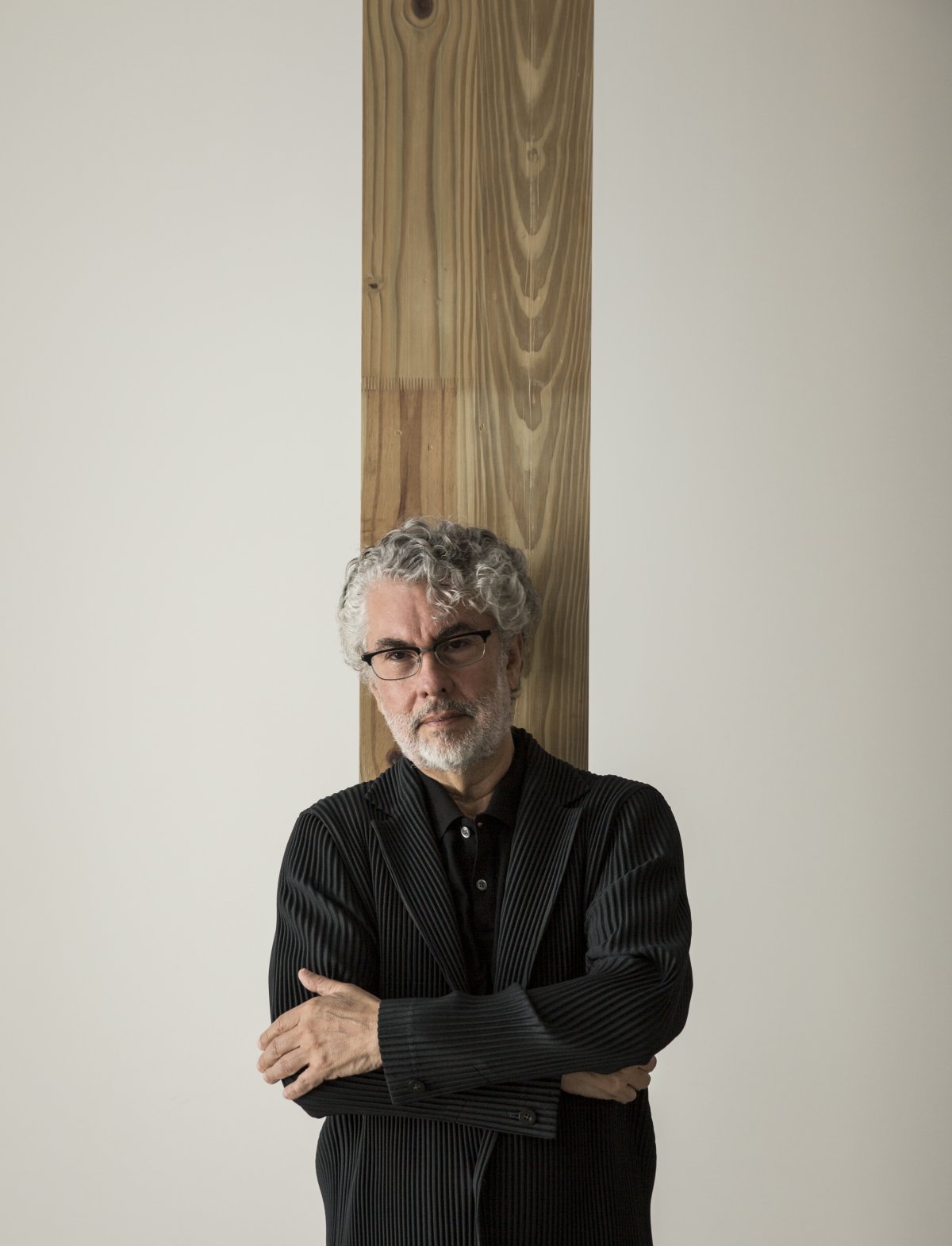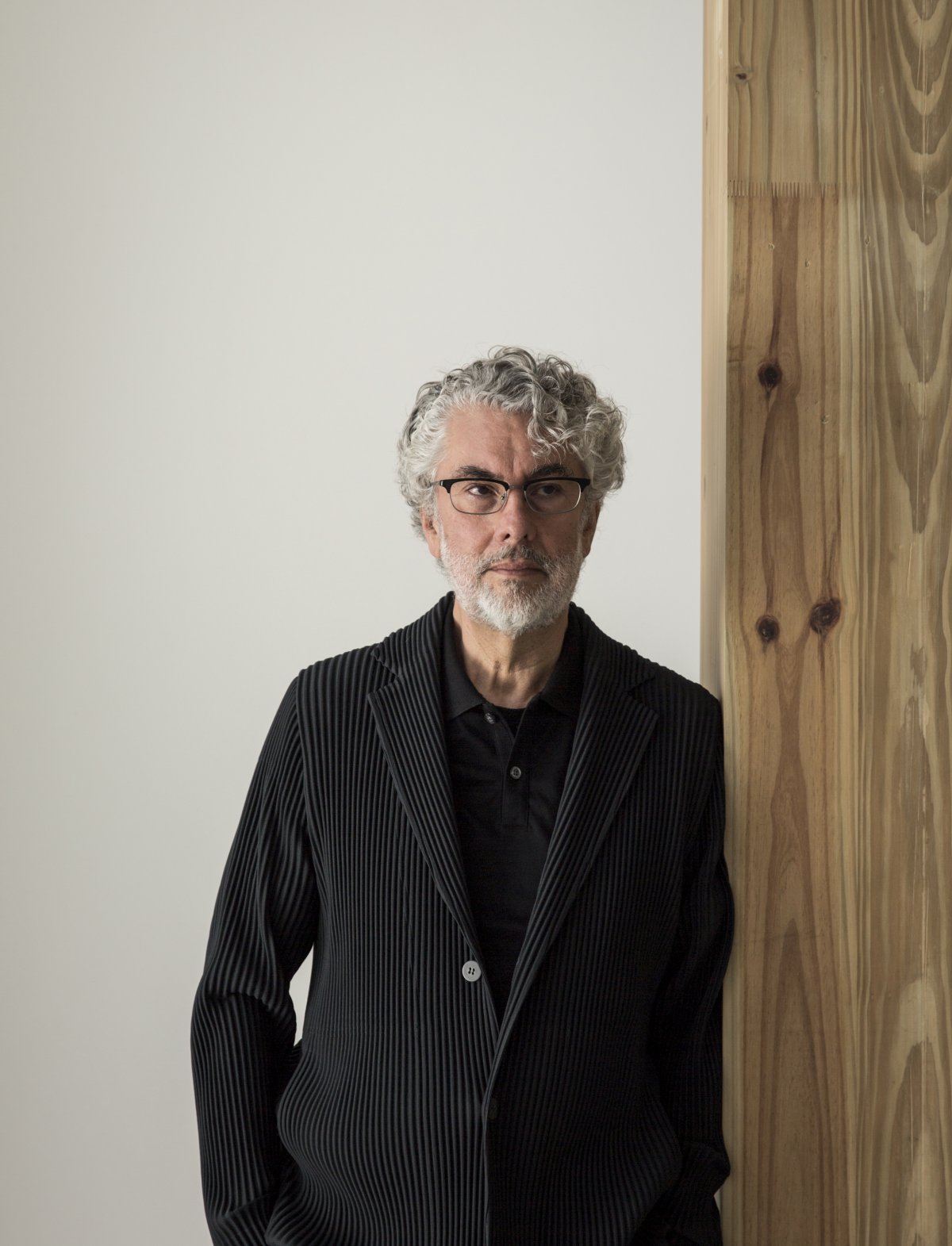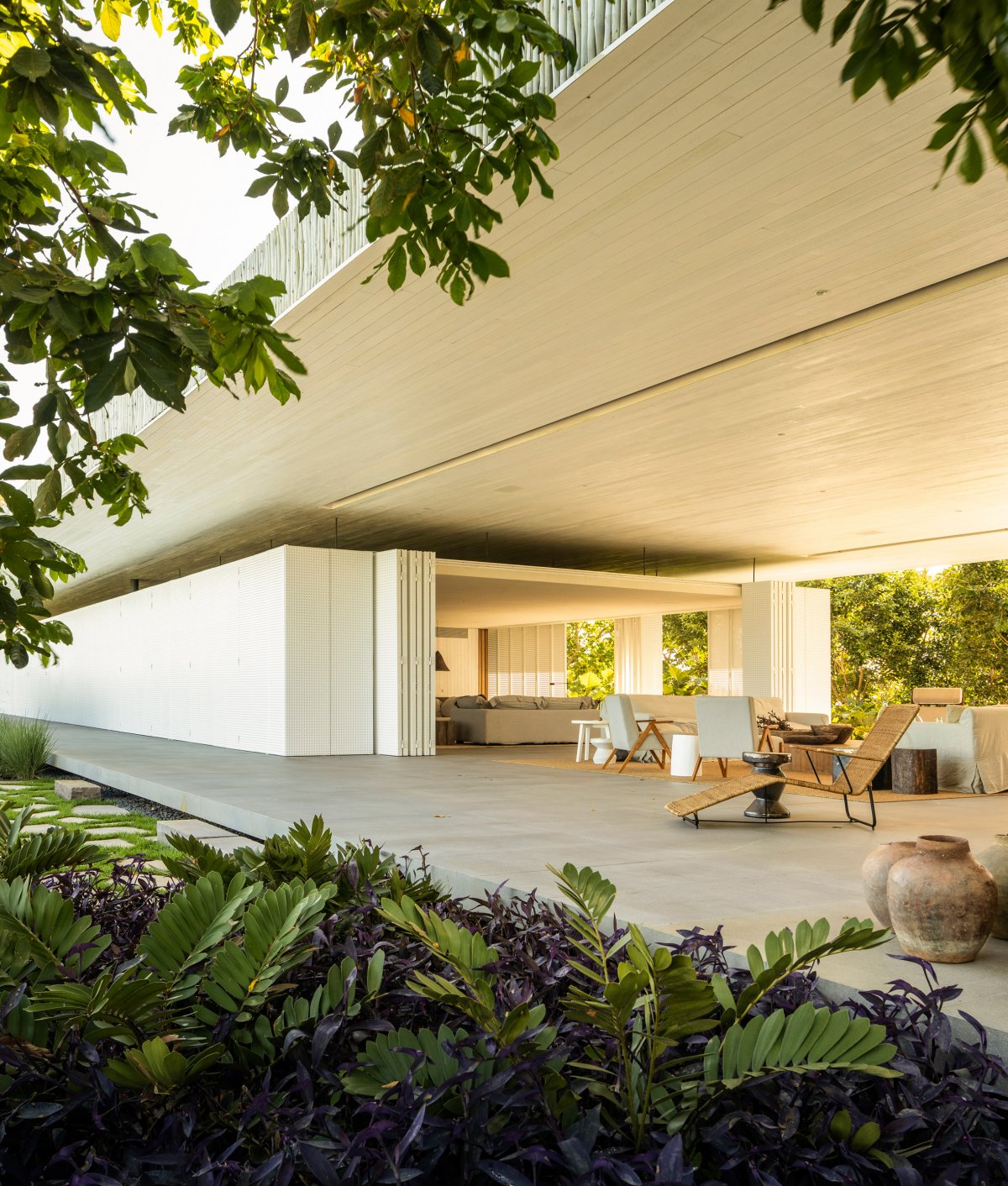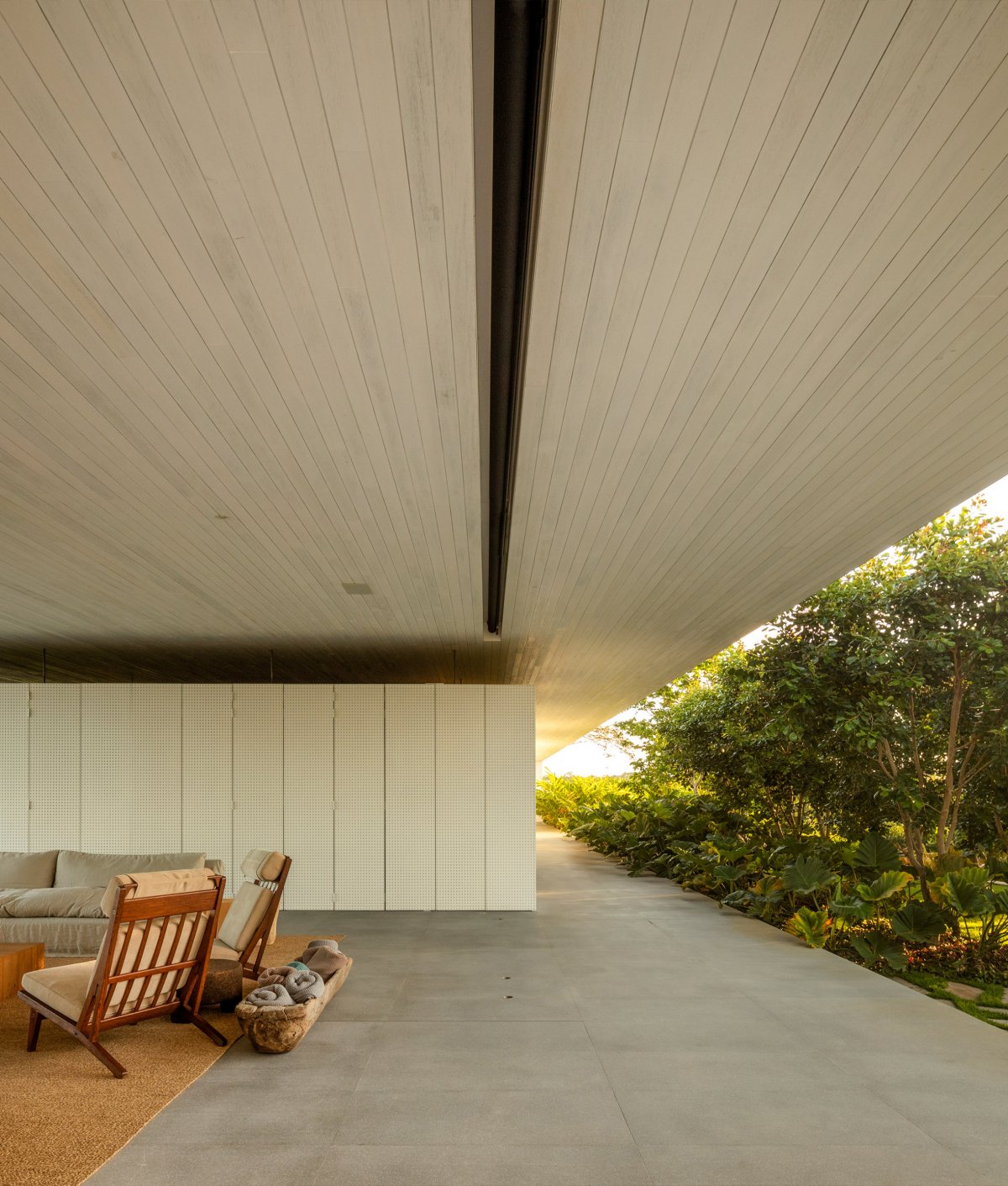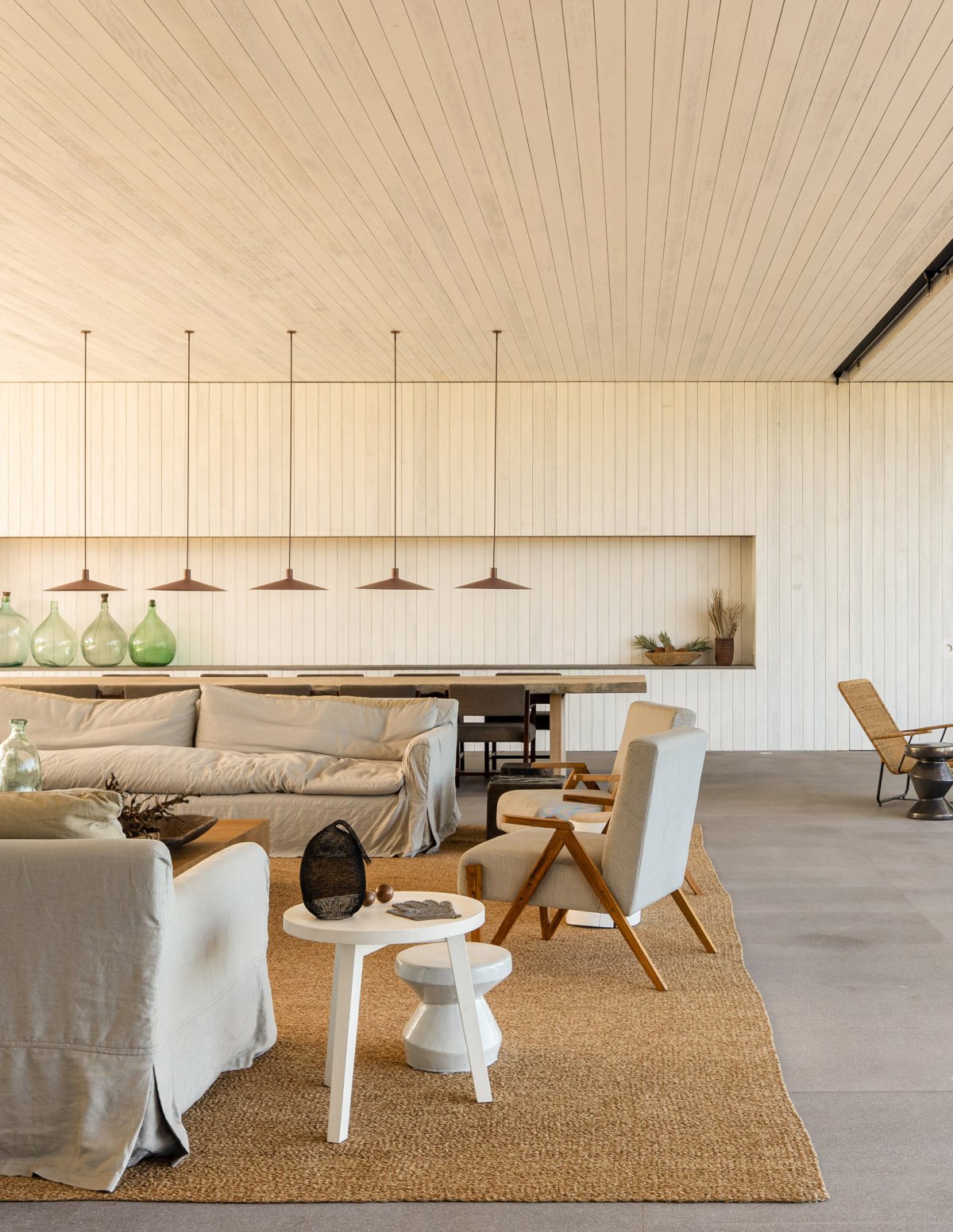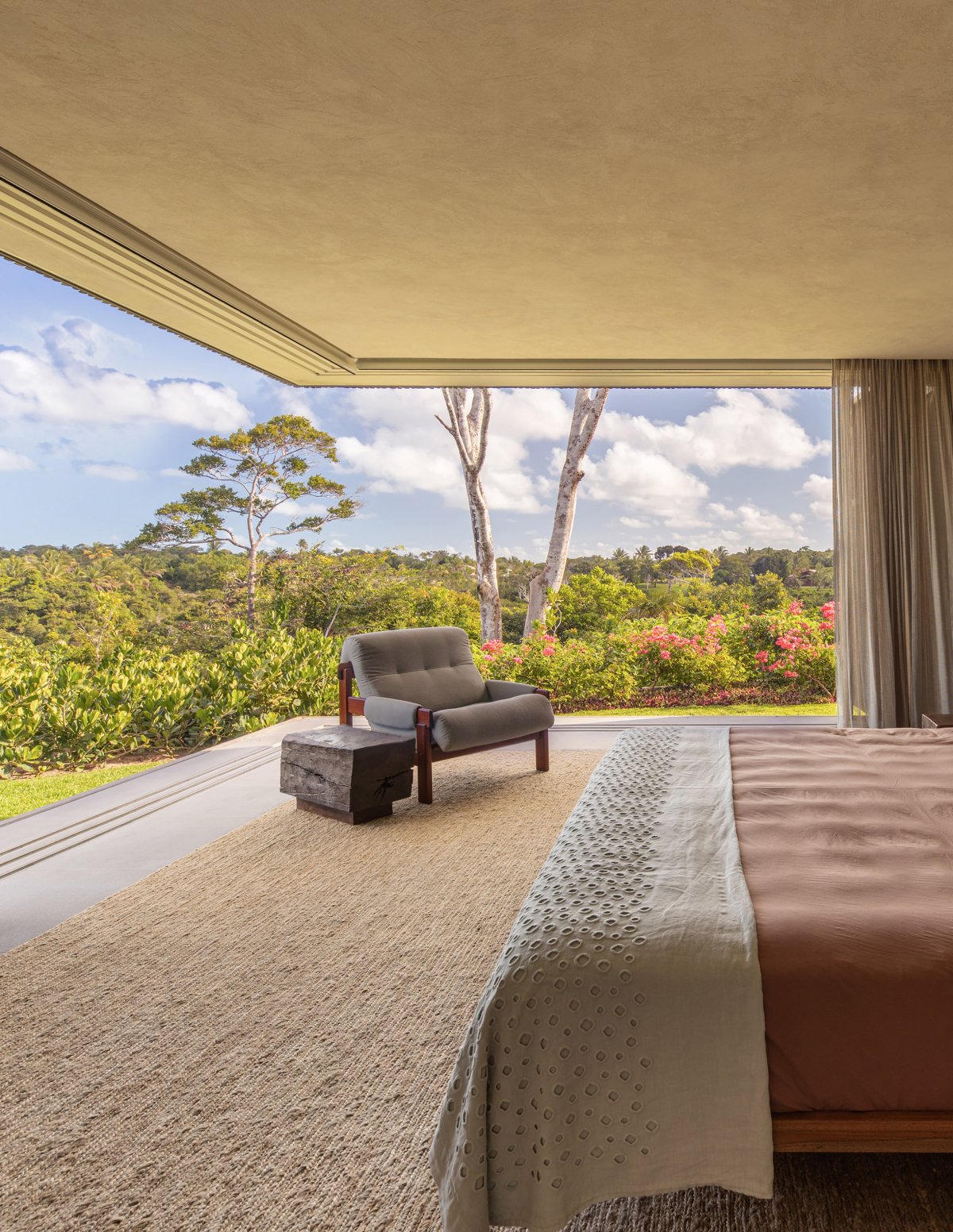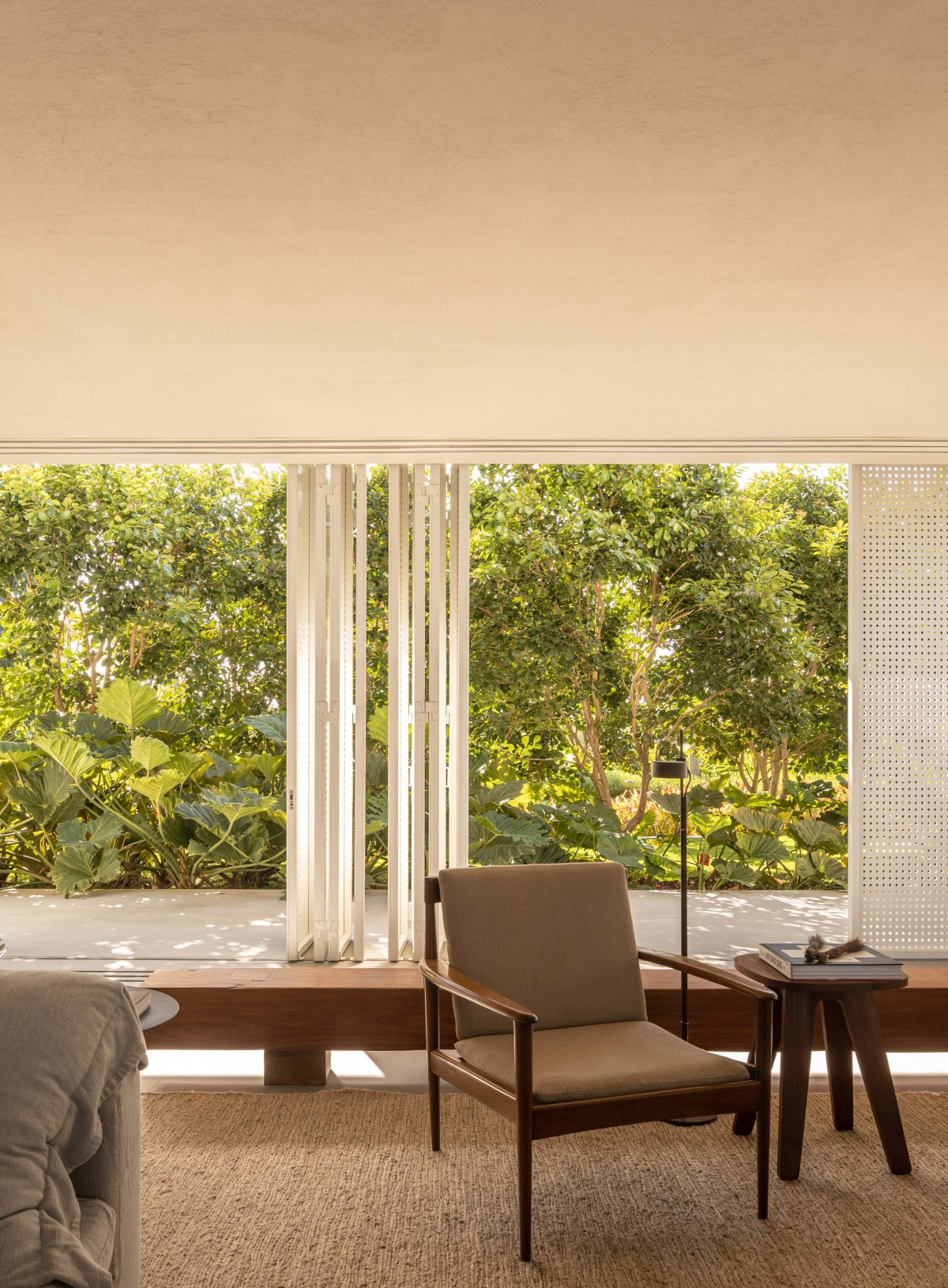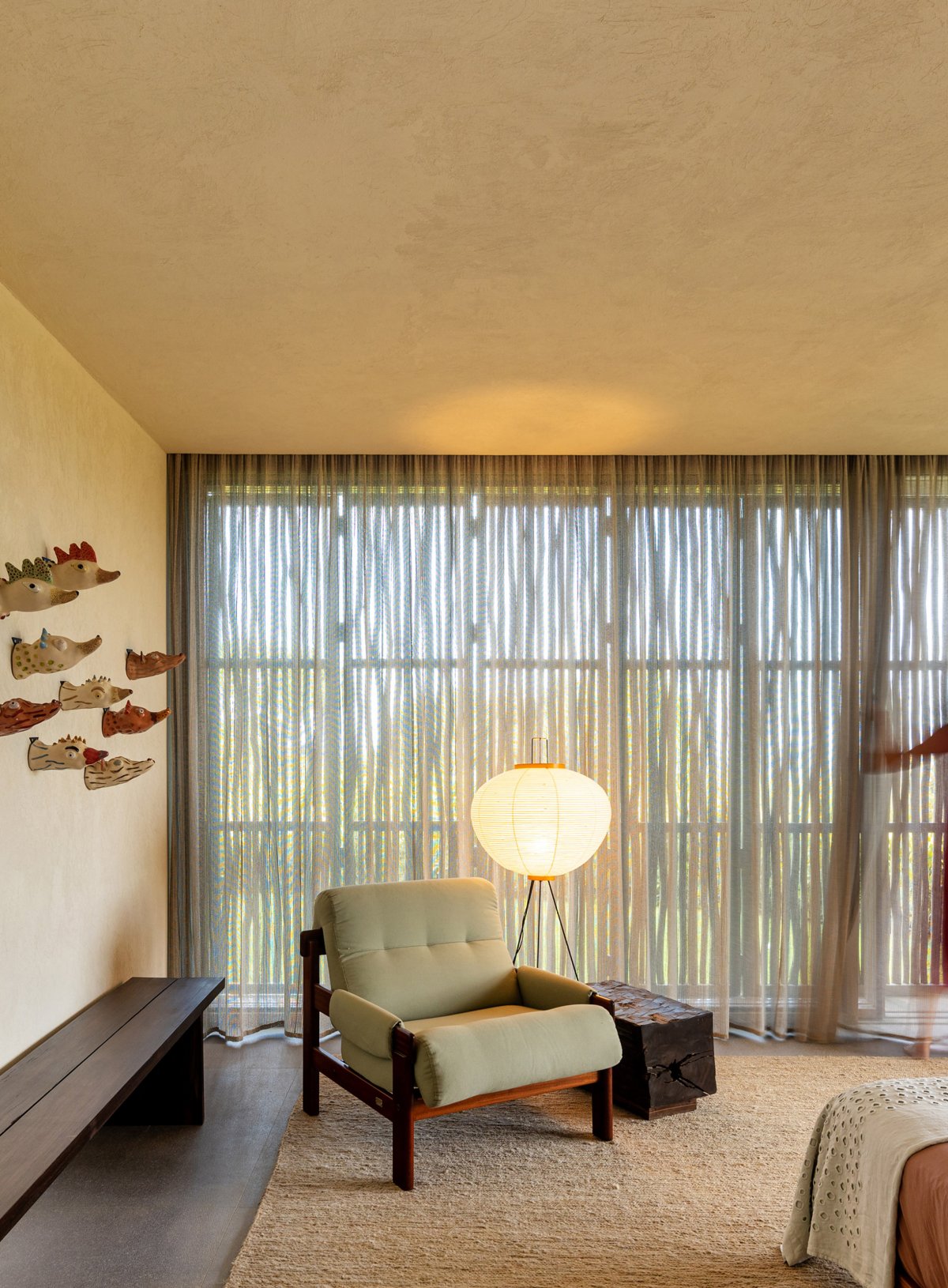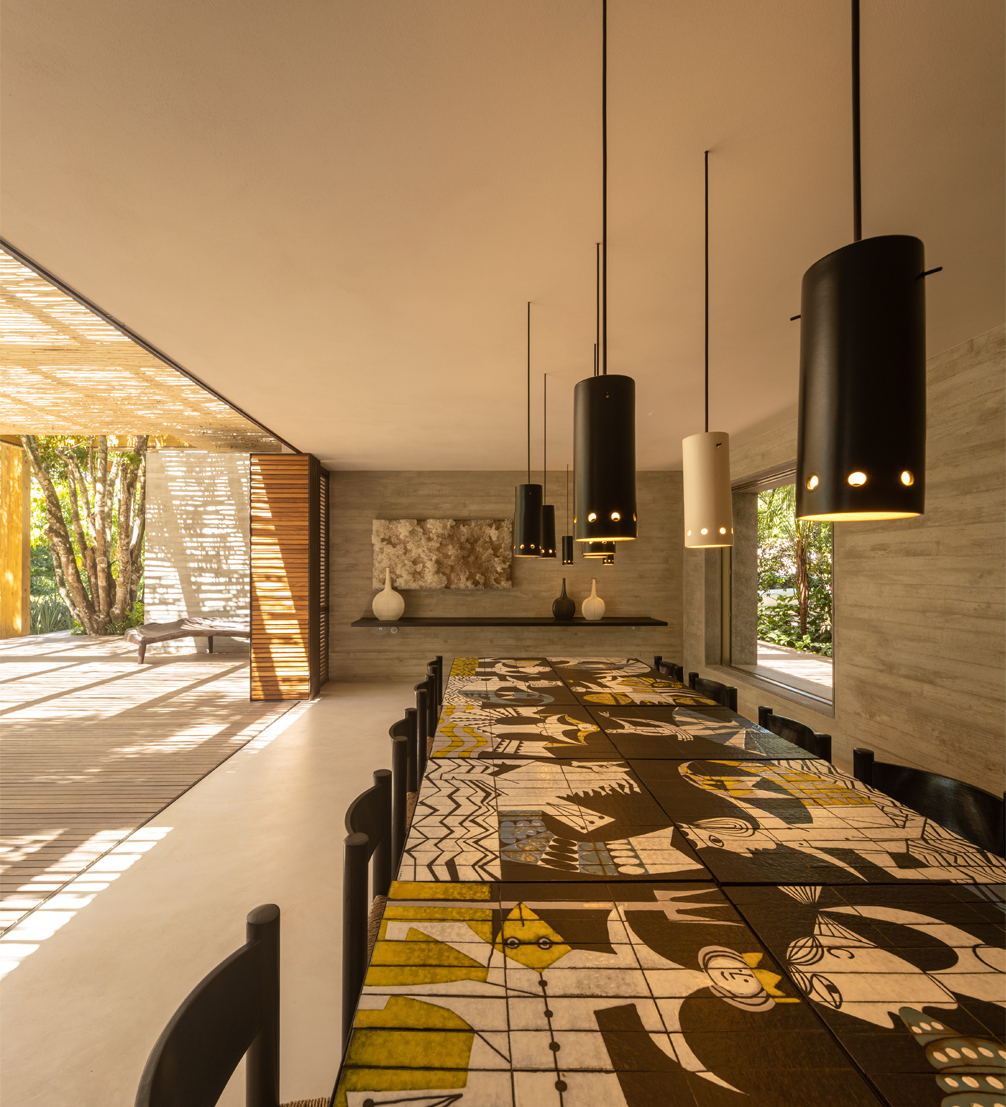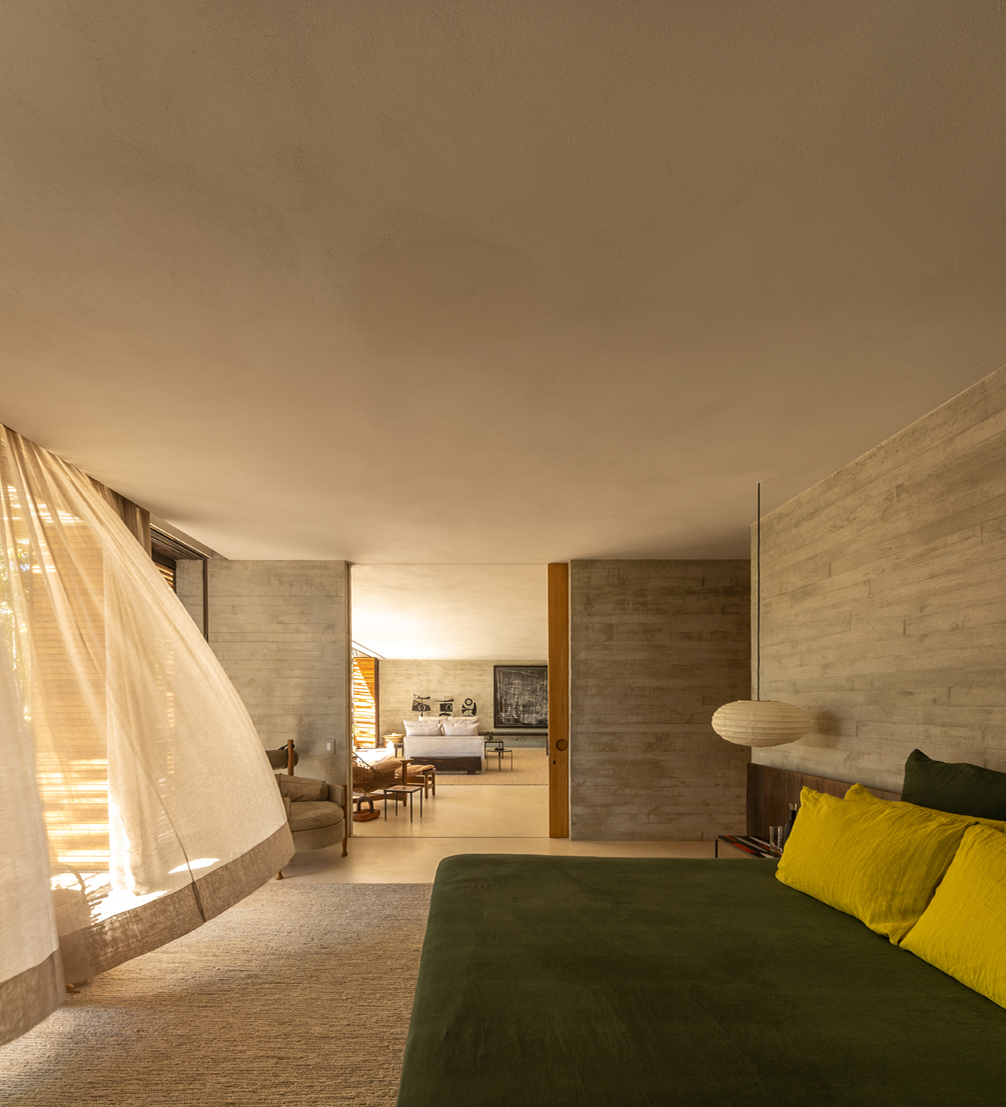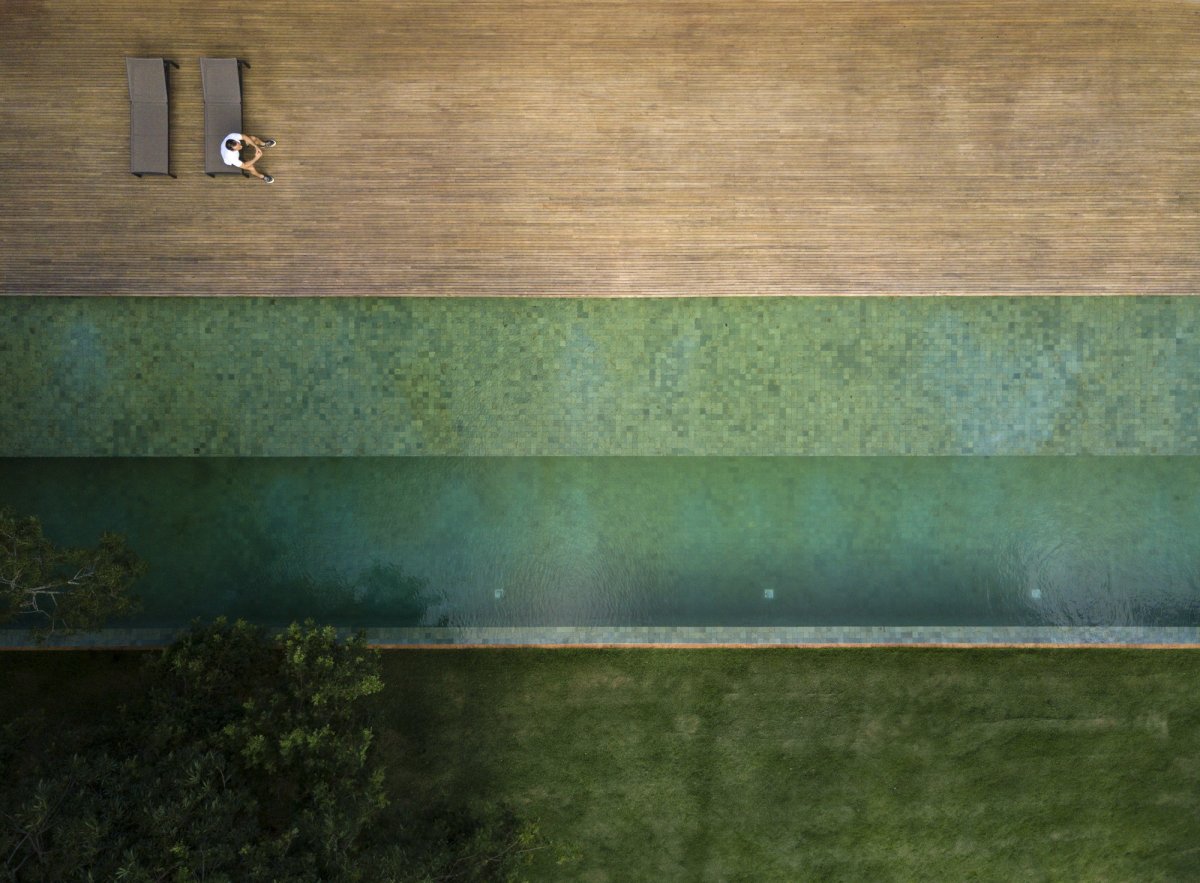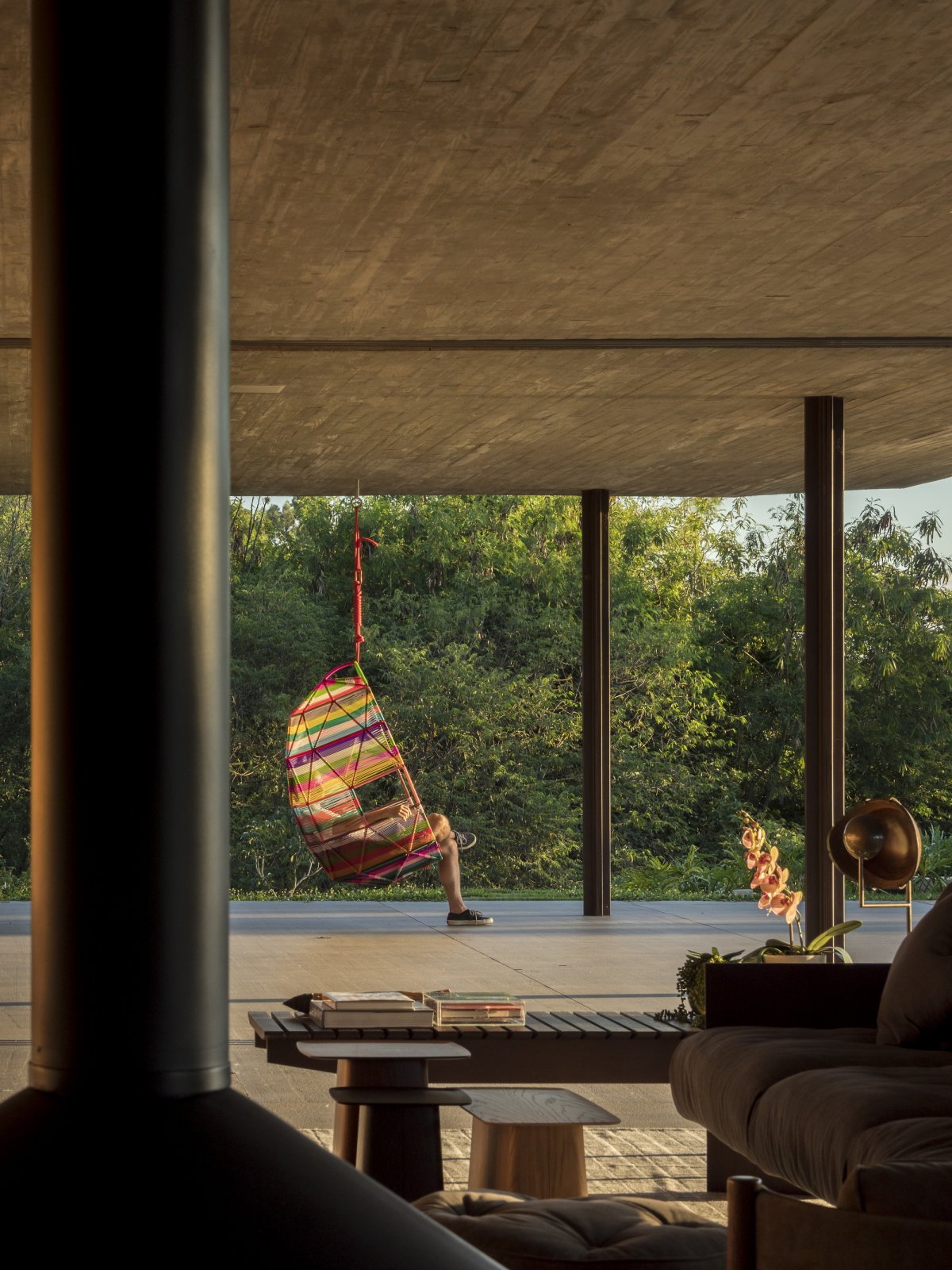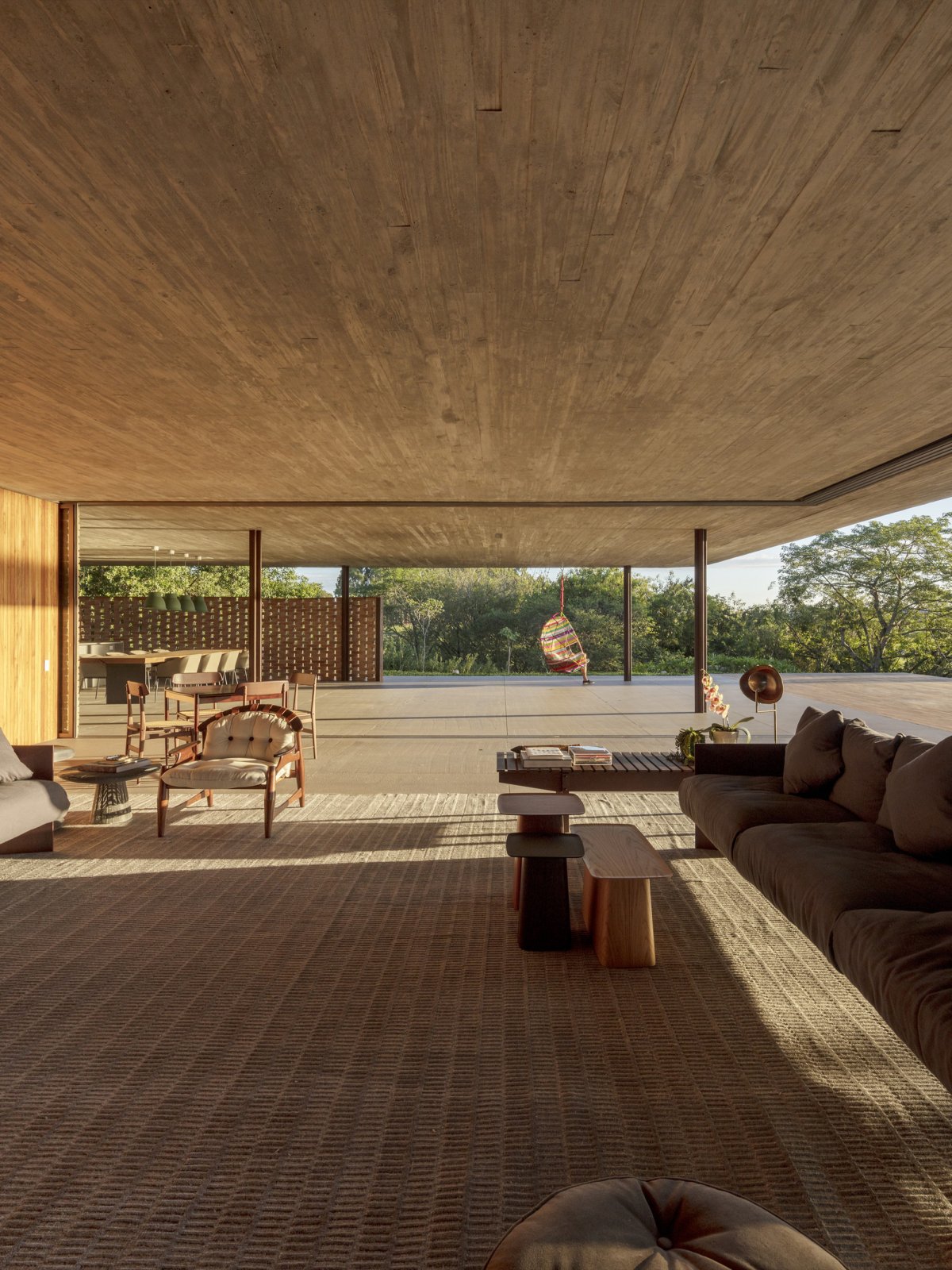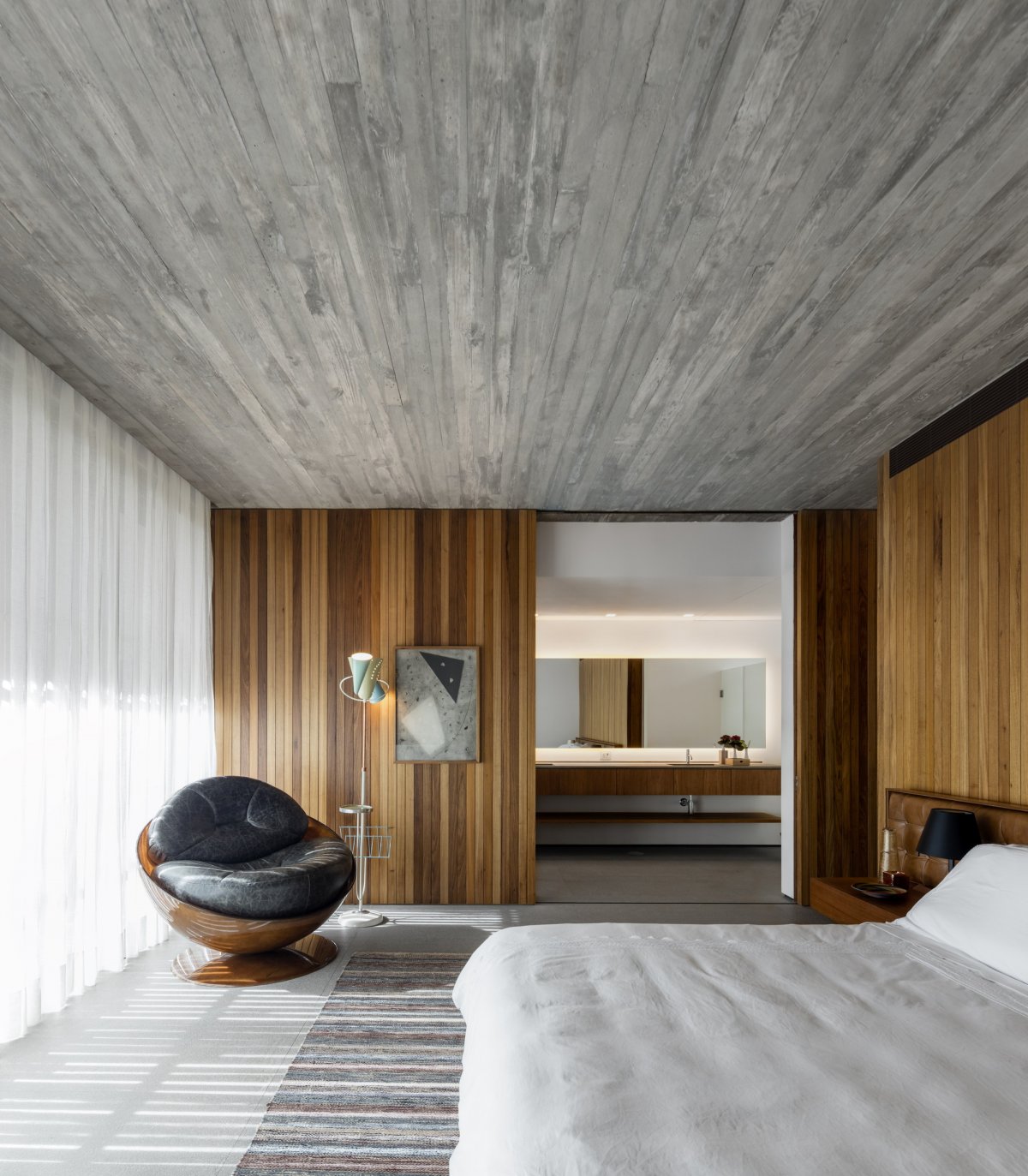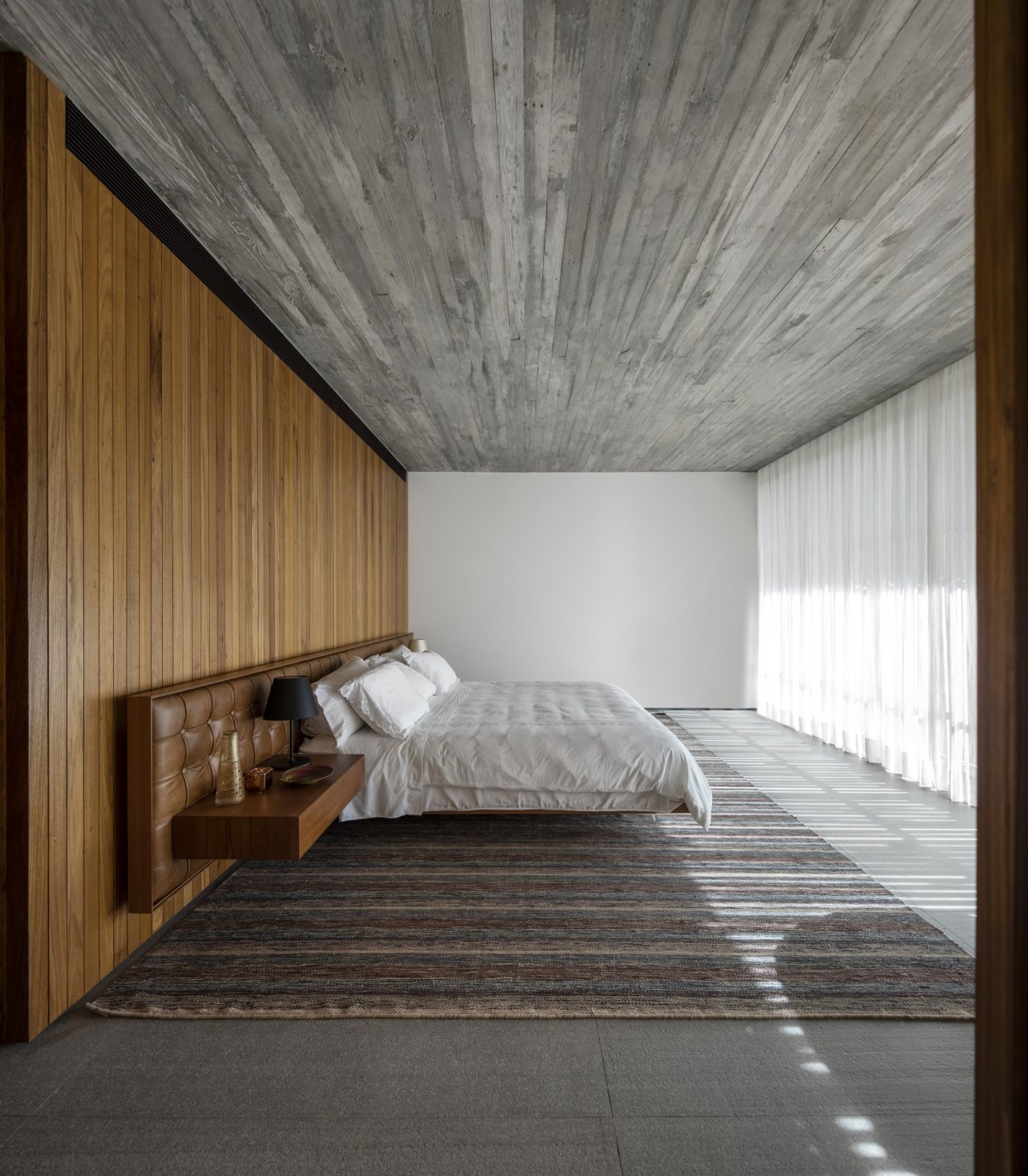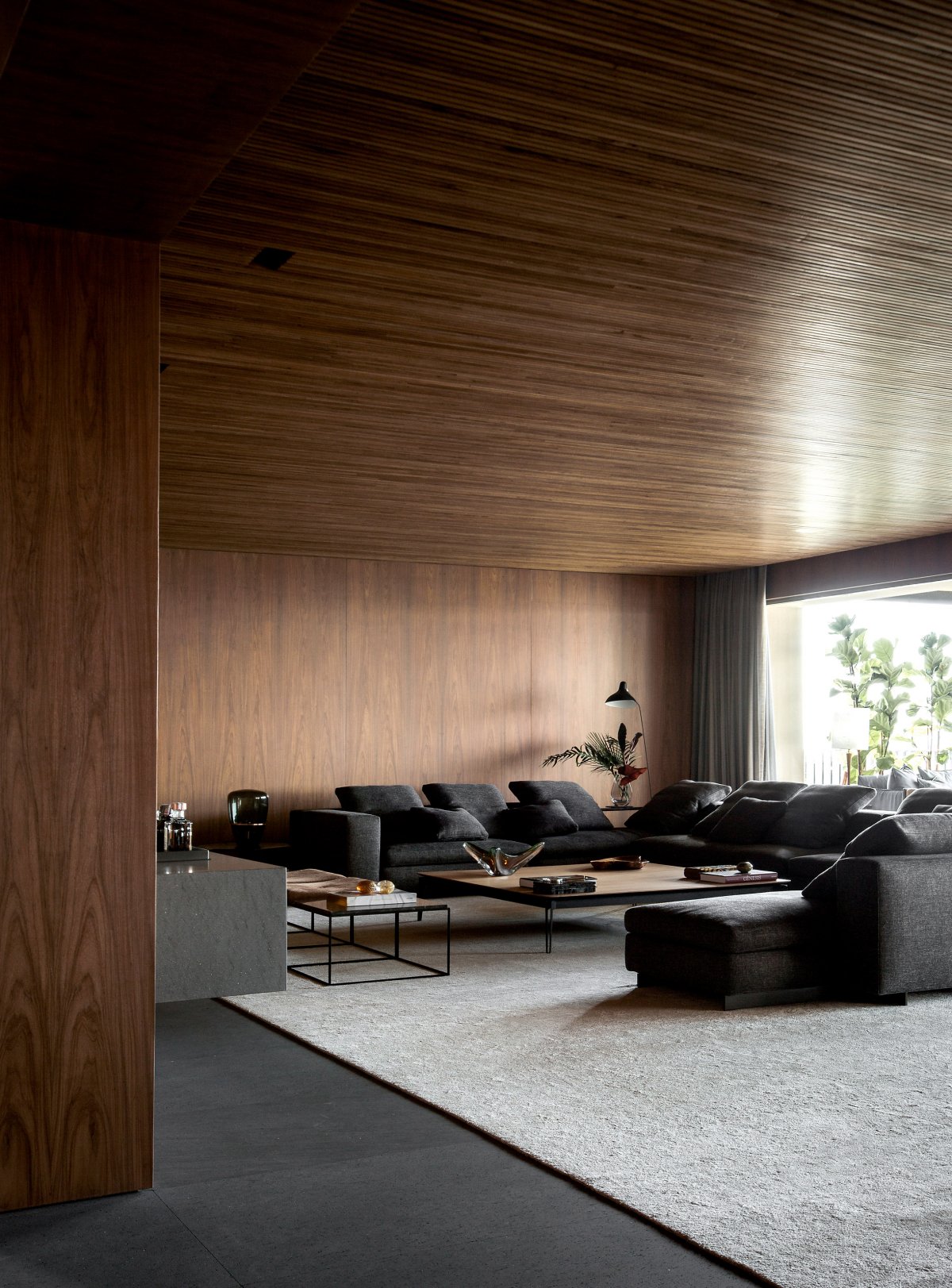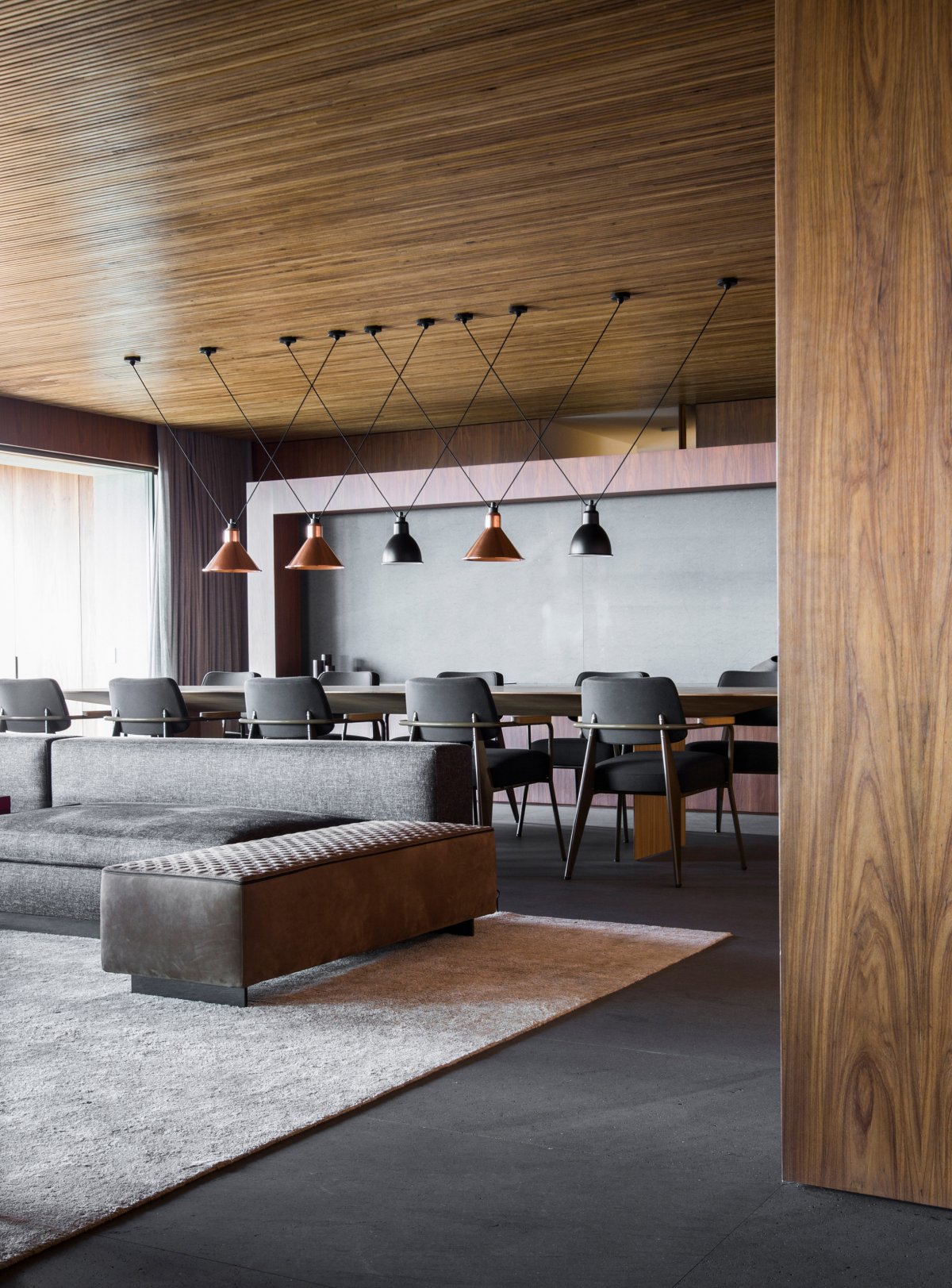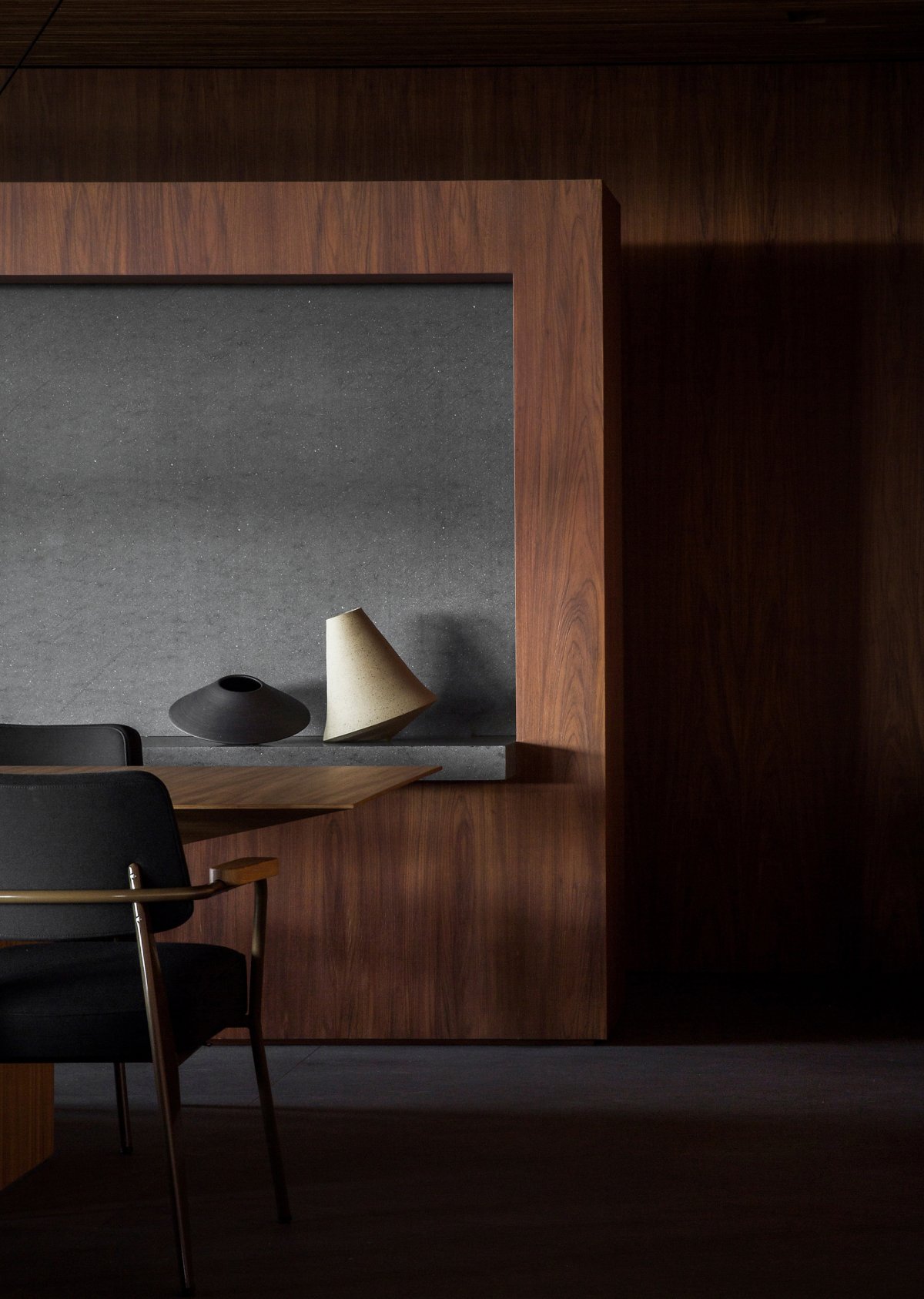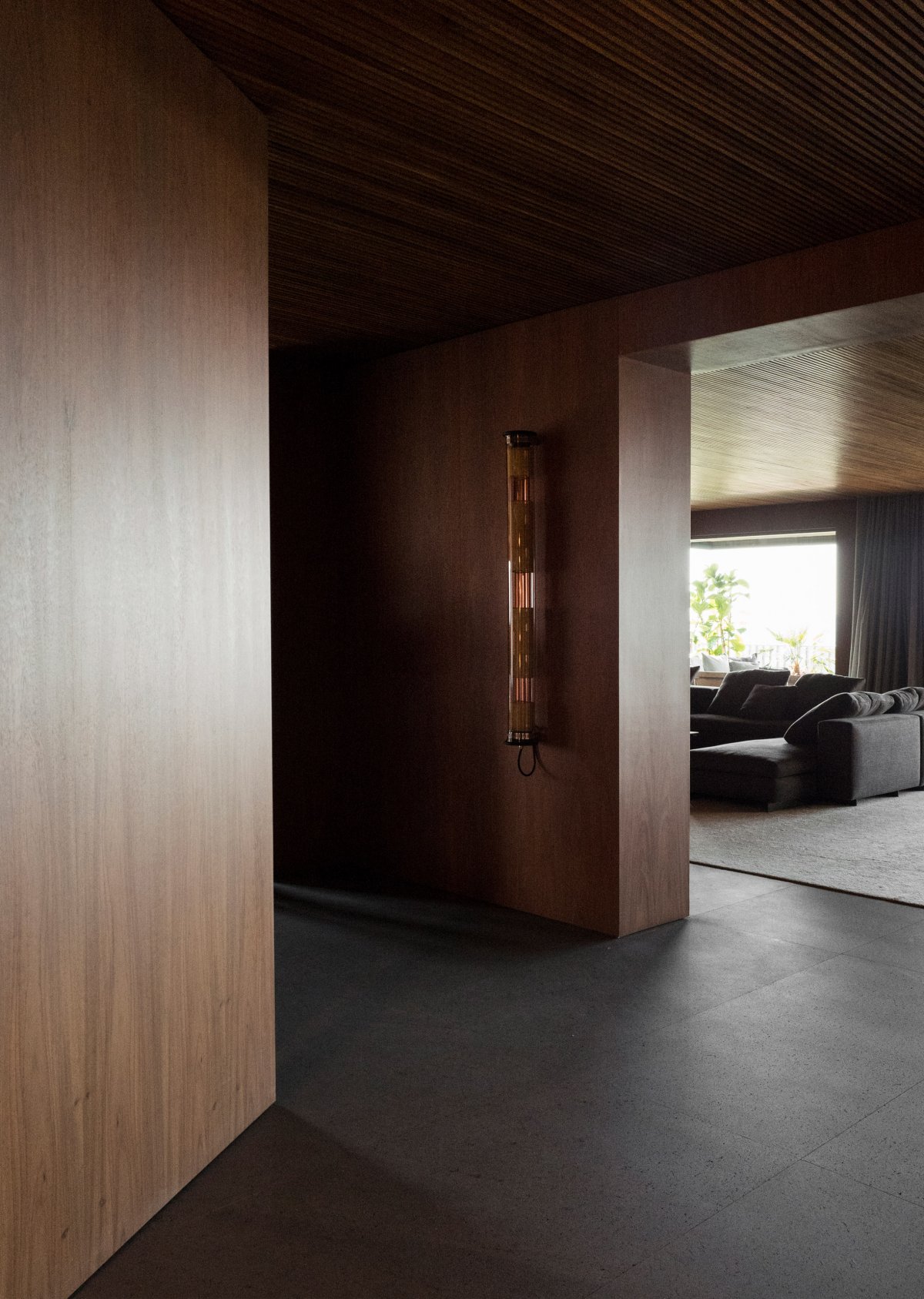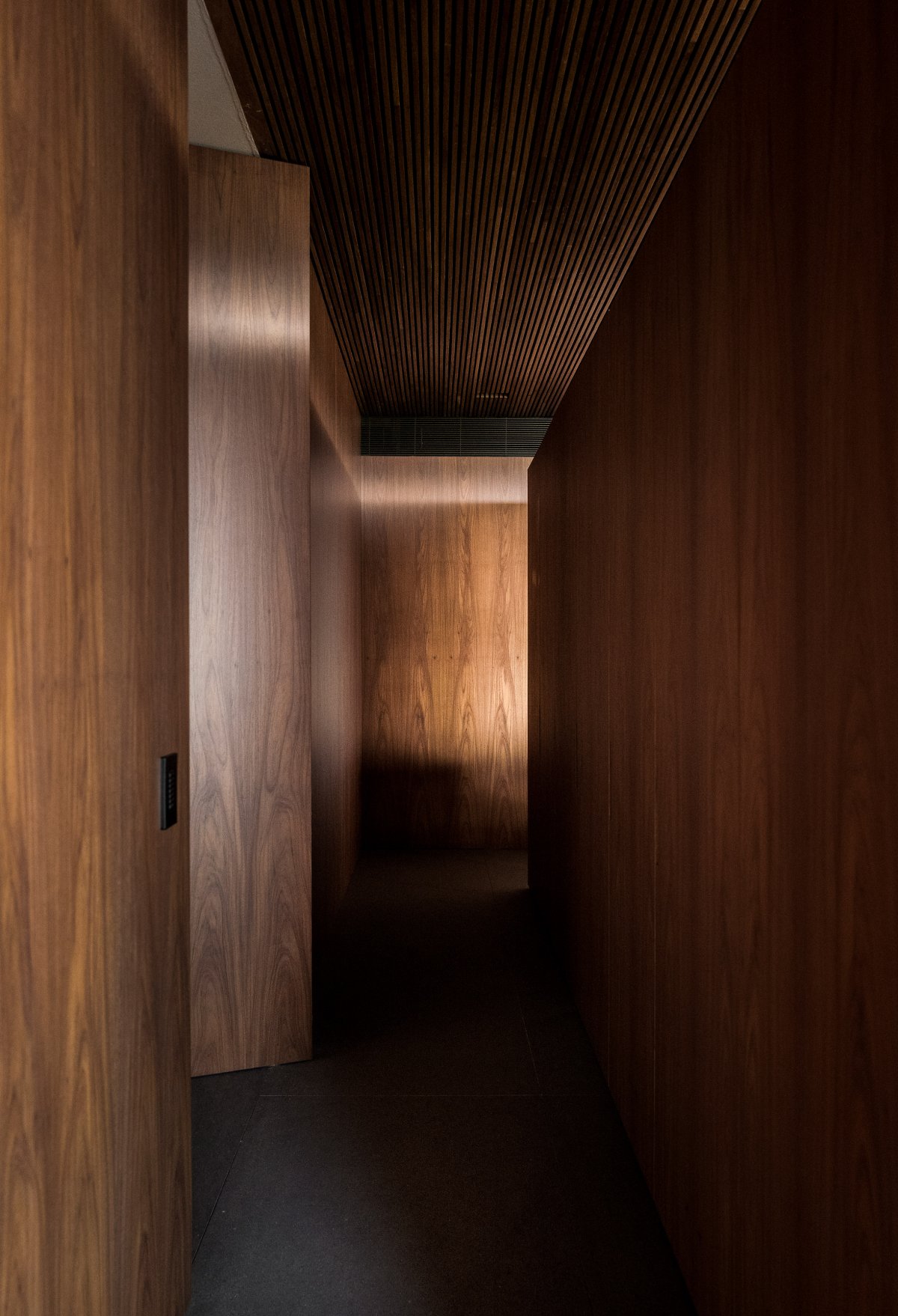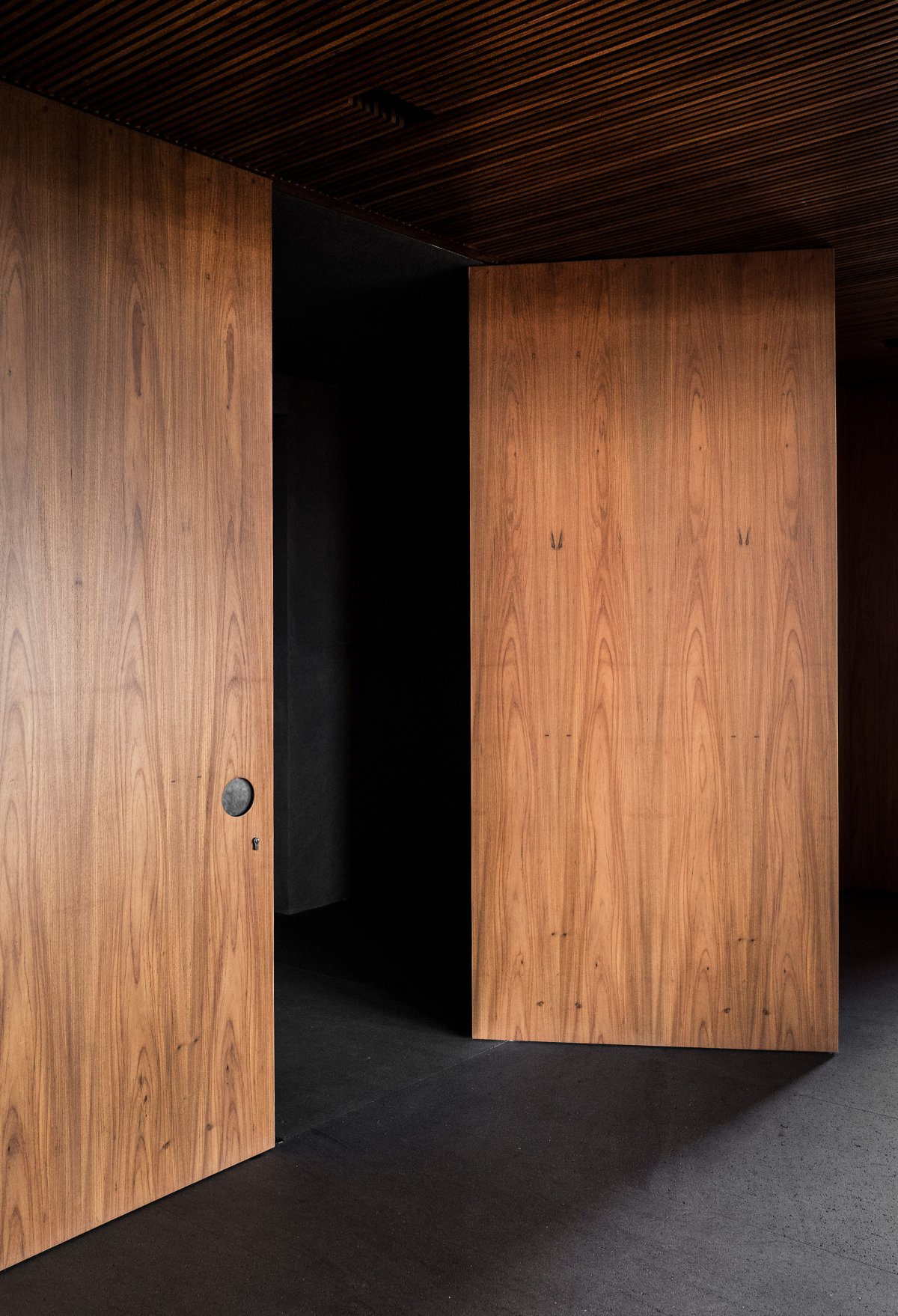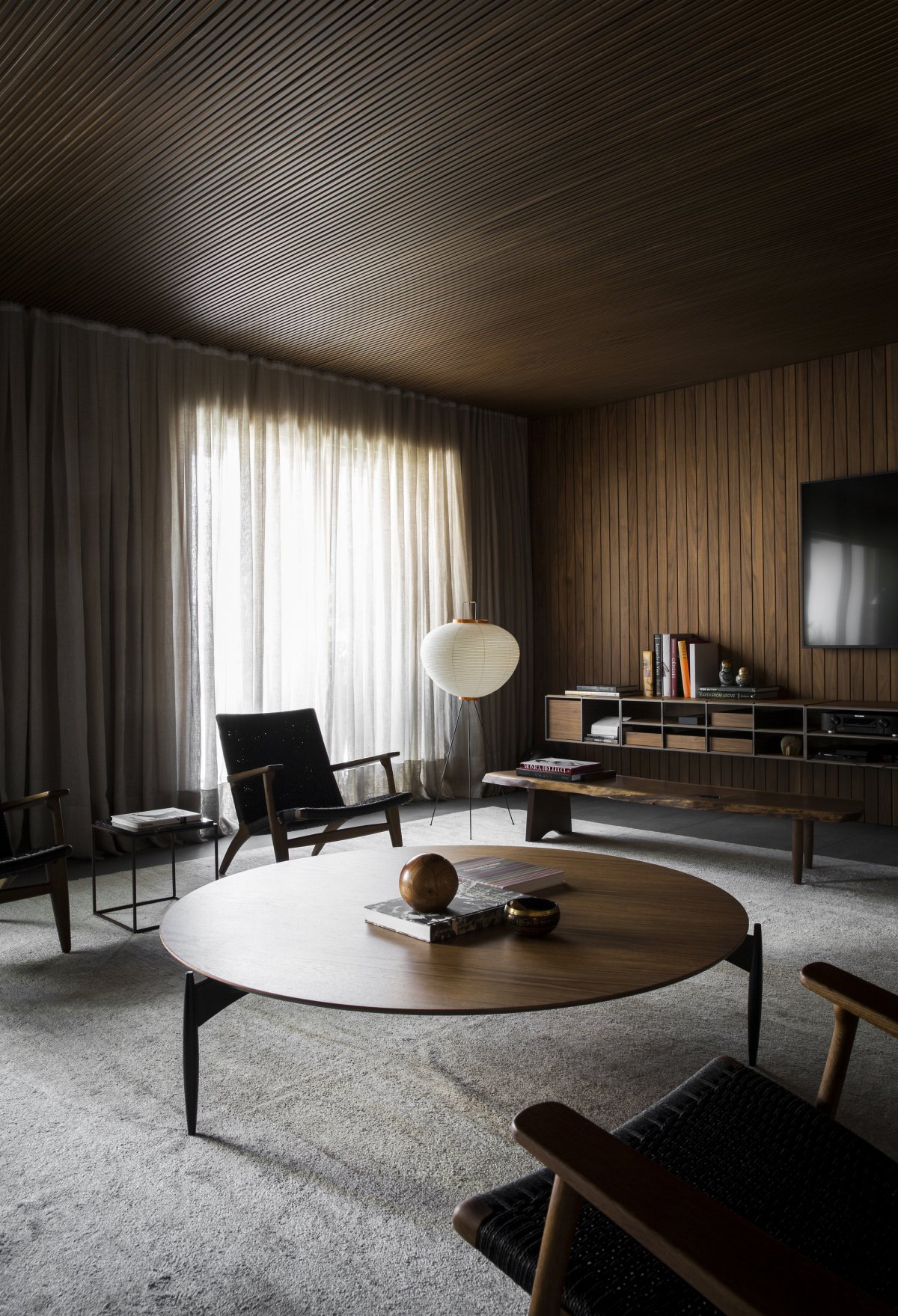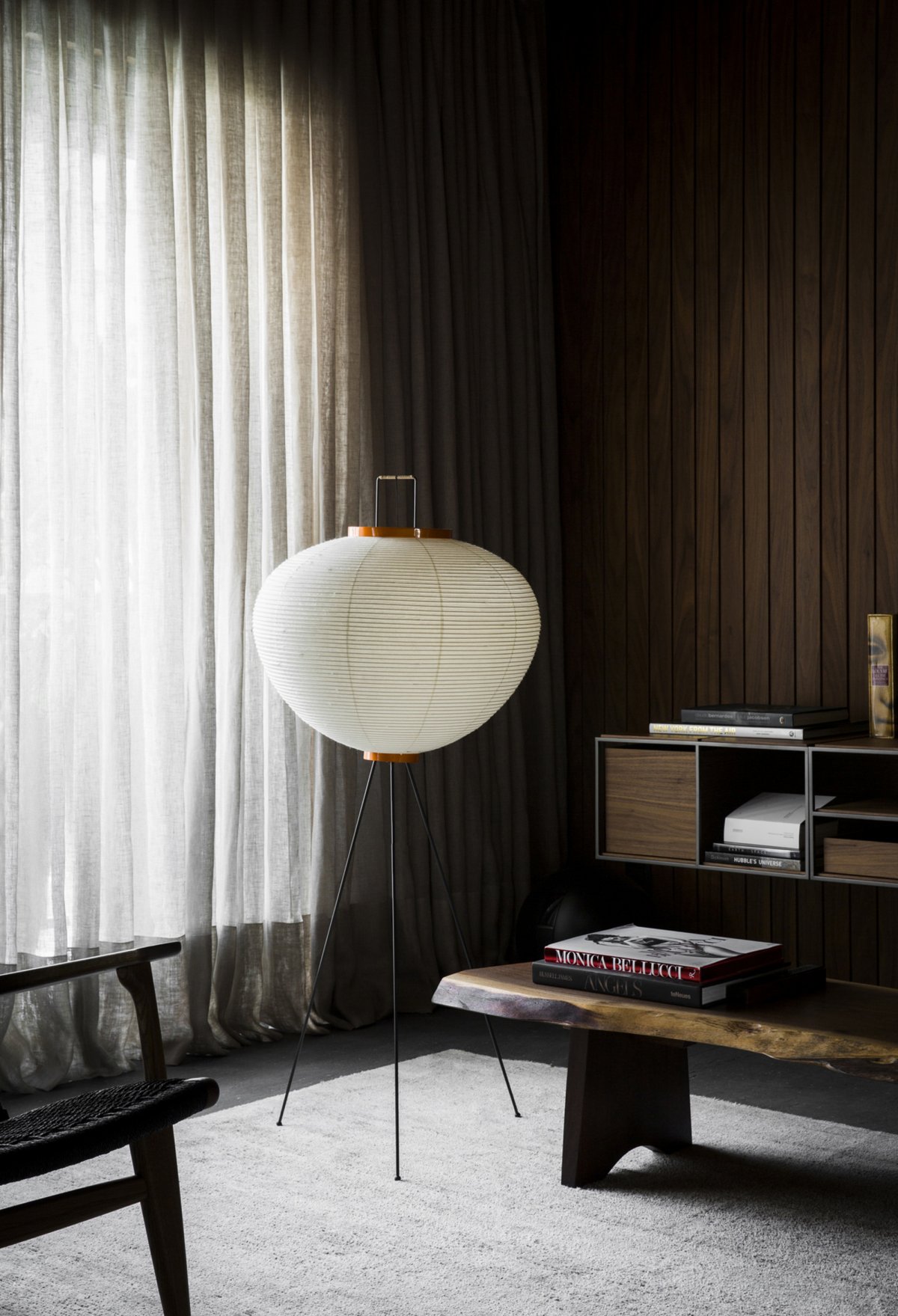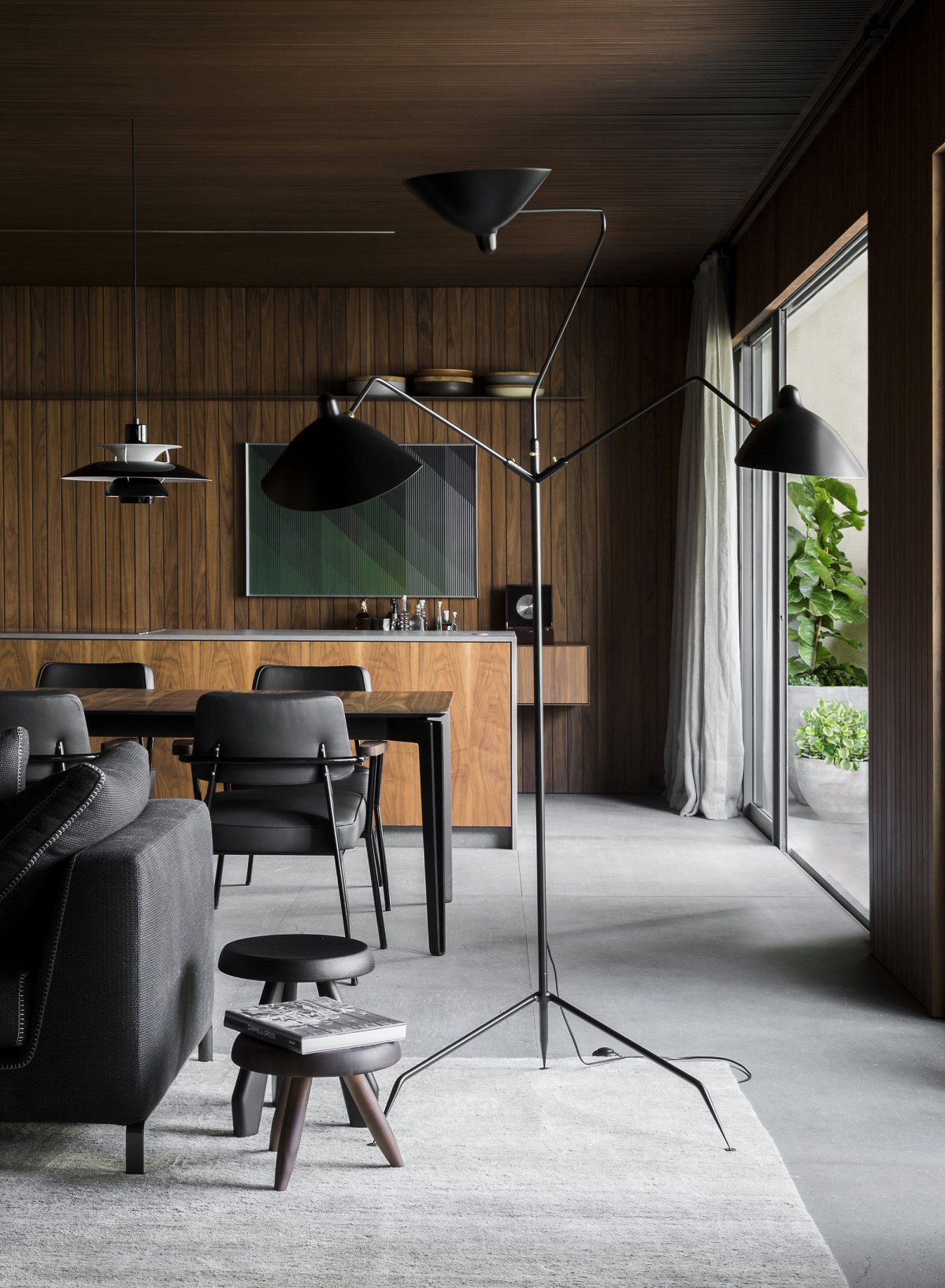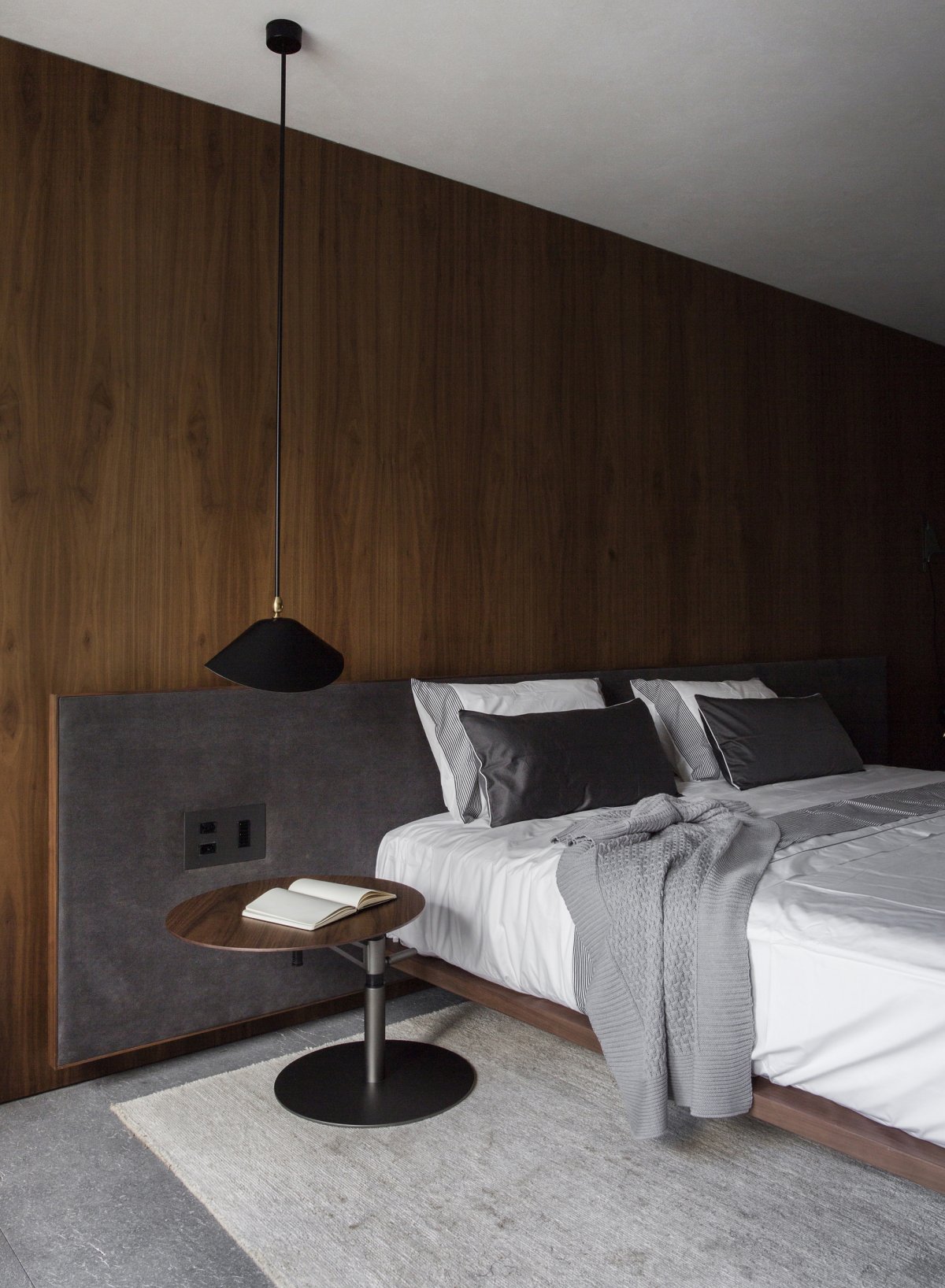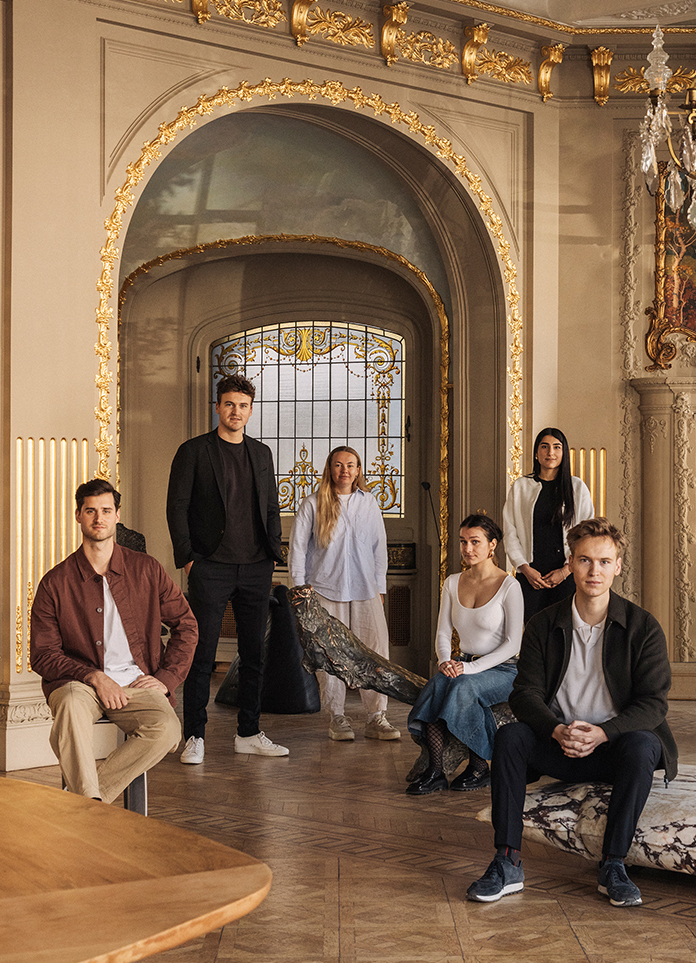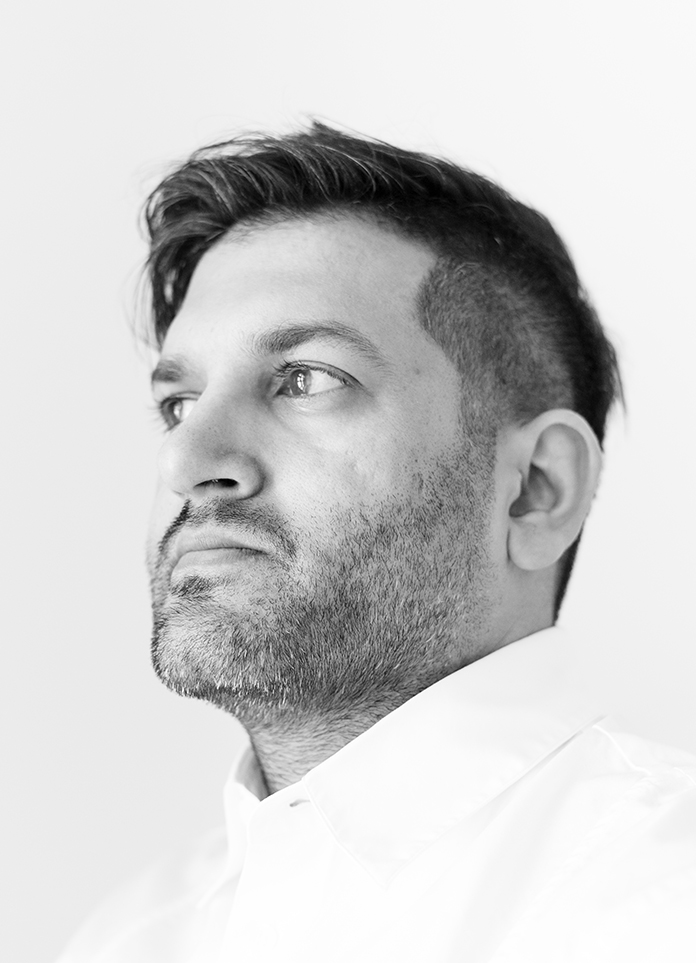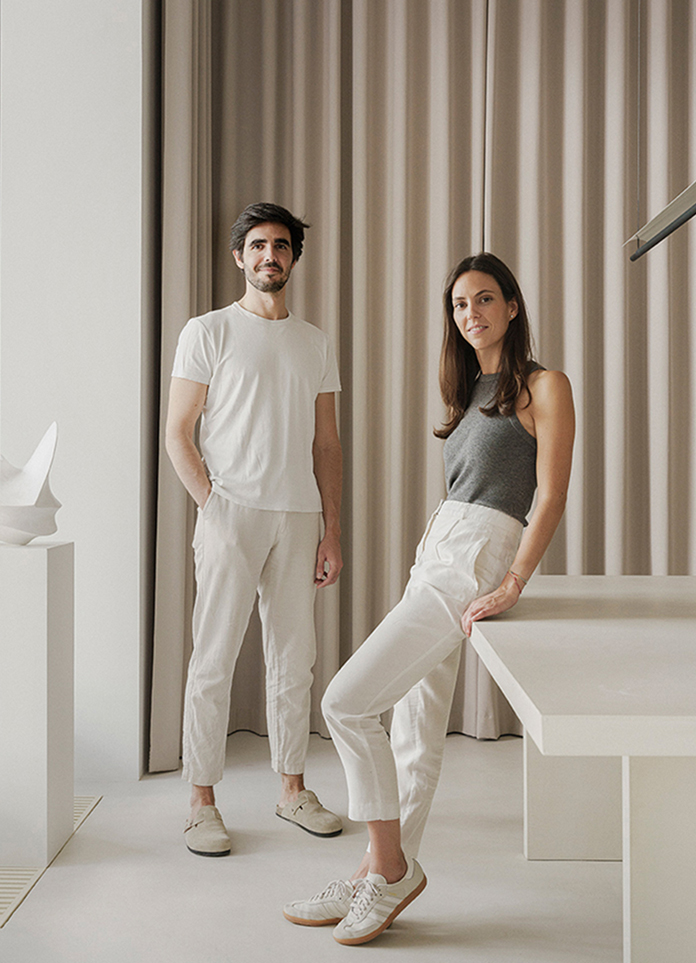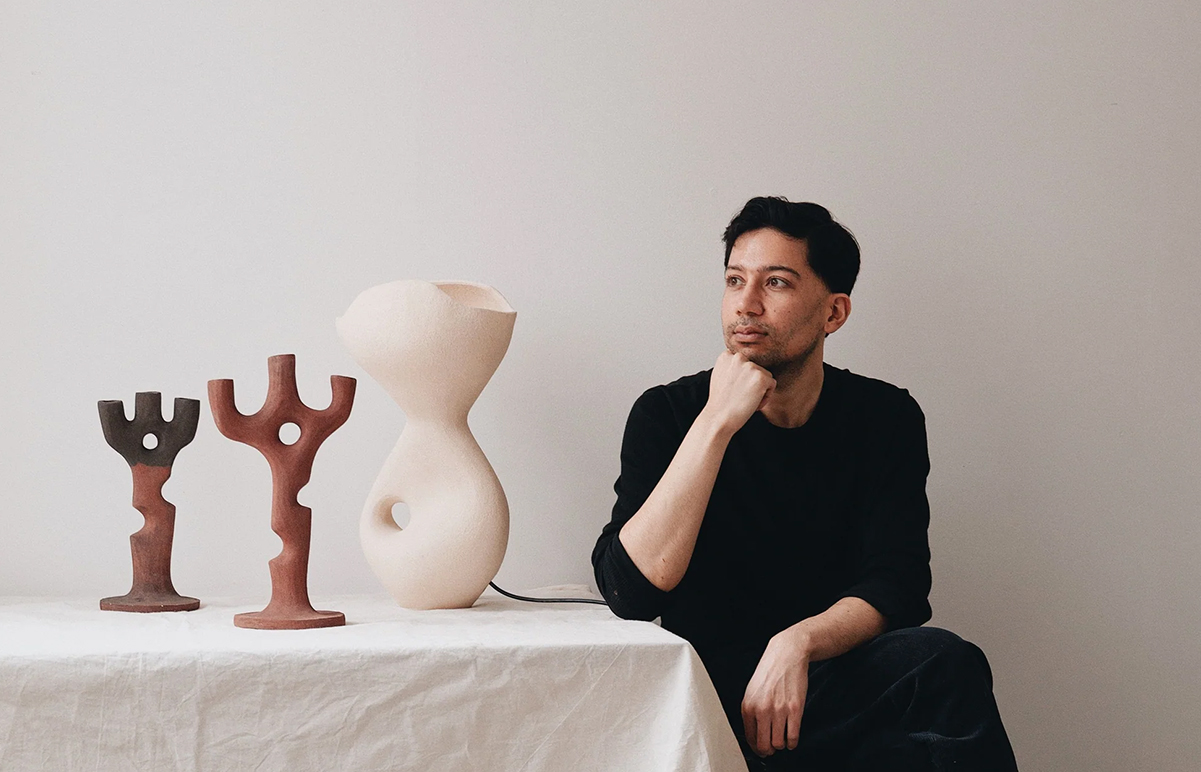
Studio MK27 was founded by Marcio Kogan in the early 1980s and is Brazil's most prestigious design company. Today there are 50 architects and collaborators from many countries around the world.
Founder Marcio Kogan is a teacher of the entire team and was born in São Paulo. Graduated from FAU Mackenzie in 1976, Marcio began his career as a filmmaker, but after the production of his first feature "Fogo e Paixão", he dedicated himself exclusively to architecture, leading a team of architects who, for the most part, have been working with him for over a decade.
Yinji:What sparked your interest in architecture?
Marcio Kogan:My father, Aron Kogan, was an architectural engineer who designed and constructed some incredible modernist buildings in São Paulo. When I was 7, I moved to a super-modernist house. I guess Jacques Tati copied our house in his movie “Mon Oncle” and named it Villa Arpel. My father died one year later and what remained in my memory was the day we went up a building under construction: while I grabbed his hand really tightly, I looked over São Paulo as if I were flying. On that day I became an architect.
Yinji:How do you define your design? Has there been any change since the inception of the company? At what stage did you slowly develop your style?
Marcio Kogan:I like to be simple and classic. At the beginning of our work, Studio MK27 designed several white and aseptic projects. Gama Issa House is a good example of that moment.
In 2001, a new client asks for a house that couldn’t be white. At that moment, we started to experiment the assembly of different natural materials. This experience ended up guiding our architecture after that. For me, the tactile feeling of textures, or the construction of an atmosphere through the control of light, is what makes buildings more human – this approach building the built surface and the body.This can be achieved both by applying traditional elements, such as wooden masharabyas or contemporary solutions, as aluminium slats.
Yinji:Which architect has influenced you the most?
Marcio Kogan:When I was at architecture school, I hated Brazilian modernism. At the time, the teachers pushed us to follow the movement in a doctrinal way and I was much more interested in what was happening in the international scene: as Centre Pompidou, Archigram and several utopists. A few years later I began to understand the power of our modernist architecture. Not only by Oscar Niemeyer, but by several other architects as Lucio Costa, Affonso Eduardo Reidy, Burle Marx, Villanova Artigas, João Filgueiras Lima, Rino Levi… Later joined by Lina Bo Bardi and Paulo Mendes da Rocha. More and more, I started to deeply admire this movement in Brazil as a whole, not just through the work of a single architect. Studio mk27’s architecture was increasingly influenced by it, obviously re-thinking it in a contemporary way. From its elegant sobriety to the intense integration between interiors and exteriors.
Yinji:What inspiration does the local culture of Brazil bring to your design?
Marcio Kogan:The Brazilian modernist architecture that emerged in the late 1930's, highly influenced by Le Corbusier, was absolutely sensational. In the late 1930's, Le Corbusier came to Brazil to curate the Ministry of Education and Health project, alongside Lucio Costa and a team of architects that included Ernani Vasconcellos, Carlos Leão, Jorge Machado and the intern Oscar Niemeyer. As well as these, dozens of incredible architects emerged, such as Rino Levi, Lina Bo Bardi, Vilanova Artigas, and, more recently, Paulo Mendes da Rocha. It is not only interesting but also difficult to understand how a country like Brazil, at a time when the flow of information was practically non-existent, had so many architects producing a repertoire of this magnitude. My work humbly revisits this magical moment.
Yinji:For you: Is there an intrinsic link between architecture and film?
Marcio Kogan:Until 1988, when I directed my first feature film (Fire and Passion) I wasn’t sure if I wanted to be an architect or a movie maker. I had come from a winning career of producing 13 short films and this long feature resulted in total failure and destroyed any money I had saved and also my architecture office which was in the beginning of its life, and as it had to be, I began again completely focused on architecture. In the end, after the trauma, I was glad about what had happened and I think I brought the baggage of movie making to my career as an architect, from the elongated proportions of a wide-screen to the importance of light, the moment-to-moment emotions and, to me, which is always a process of projecting a movie script.
Yinji:After the pandemic, which direction should contemporary architecture take and how should it evolve to meet people’s needs?
Marcio Kogan:I believe the pandemic will bring about many changes in the way we think architecture. We are currently working on a project that will be the new headquarters of one of the largest financial groups in Brazil and it will render a new way of working. Employees will be able to work from home and the center will house training programs, face-to-face meetings when necessary, various leisure and sports areas, technical research labs and will boast a radical sustainability level. It helps to desaturate the city I live in, São Paulo, which is becoming uninhabitable. Before the pandemic, its inhabitants used to spend an average of two hours a day commuting. In a smaller scale, I guess the integration between interior and exterior spaces will be more and more requested – which is something almost inherent to Brazilian architecture.
Yinji:What do you think of contemporary oriental design?
Marcio Kogan:More recently, an incredible generation of architects have brought a new lease of life to architecture, such as: Kazuyo Sejima, Ryūe Nishizawa (the Teshima Museum of Art is worth a trip to Japan), Toyo Ito, Kengo Kuma, Sou Fujimoto and more recently I met the work by Junya Ishigami, when I visited the Art Biotop Water Garden, very beautiful!
- Architect: Studio MK27
- Photos: Fernando Guerra Jonas Poulsen
